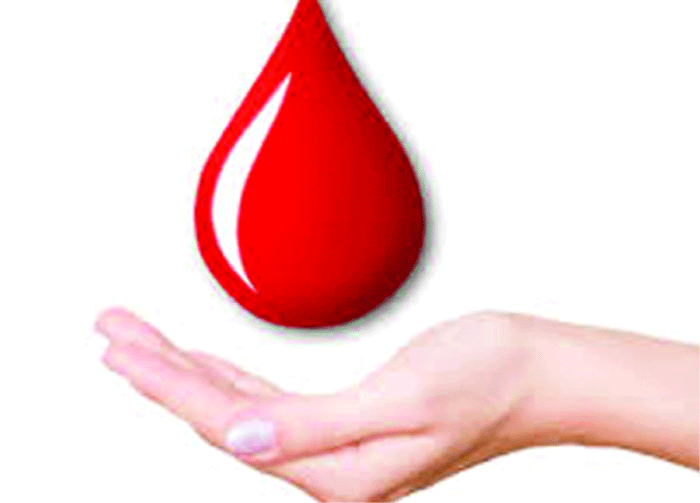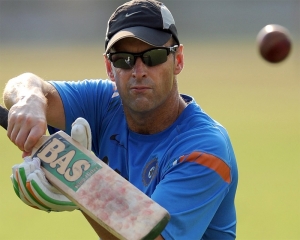To mark the World Haemophilia Day, Pioneer Health brings you a complete lowdown on the disease which places India as a nation with the second highest number of Haemophilia A cases in the world
Haemophilia refers to a genetic disorder that diminishes the ability of a person’s blood to clot. “People suffering from Haemophilia are at risk for excessive bleeding when injured. The disorder can range from mild to moderate to severe (wherein the person may bleed out unless intervention is provided),” says Dr Ramprasad, COO, MedGenome.
There are two forms of Haemophilia
Haemophilia A
Affects one in 5,000 male births and is caused by deficiency of a type of blood clotting factor known as Factor VIII (Factor 8)
Haemophilia B
Affects 1 in 20,000 male births and is caused by deficiency of a clotting factor known as Factor IX (Factor 9). Both factors are essential in the formation of blood clots
FIGURATIVElY
Global estimates show that more than 400,000 people suffer from Haemophilia and that up to 75% of them receive inadequate treatment
India has the second highest number of Haemophilia A cases in the world, with an estimated prevalence of more than 50,000 affected
CAUSES
Genetic defects play an important role. The gene coding for Factor VIII and IX are present on the X chromosome, making this an X-linked trait. In such cases most males with defective gene get Haemophilia.
Women, more often than not, are ‘carriers’ for the disorder as they have two X chromosomes.
NO CURE
Currently, there is no known cure for Haemophilia, only management options depending on the severity of the disorder.
DETECTION & MANAGEMENT
Genetic testing can determine Haemophilia and also define its severity. These tests (Carrier Screening) reveal whether females are carriers. It can benefit couples with a family history of haemophilia who are planning on having a child.
New-born screening of children helps parents of an affected child to provide treatment early on. Early detection greatly reduces suffering. leading genetic diagnostic labs in India offer services for early detection.
What patients should know
- The most common type (80%) is Haemophilia A, where the person does not have enough clotting factor VIII. Haemophilia B (about 20%), where the person lacks sufficient clotting factor IX. Both types bleed longer than normal.
- Haemophilia can be mild, moderate or severe. A person with severe haemophilia bleesd spontaneously or with minimal trauma up to 1-2 times a week.
- The best way to manage severe haemophilia is regular replacement of deficient factor (VIII or IX).
- It is important for Haemophilics to get registered at the nearest treatment centre to ensure access to appropriate diagnosis, treatment and care.
- Haemophiliacs should not take aspirin or any type of non-steroidal anti-inflammatory drugs.
- Exercise and sports benefit most Haemophiliacs because they promote muscle growth, which can minimise spontaneous bleeds and joint damage.
- If diagnosed and treated early, children can look forward to a normal life expectancy.
- Help is available at Government treatment centres and strong patient support organisations like Hemophilia Federation of India
Dr Tulika Seth, Professor, Department of Haematology, AIIMS, New Delhi
EAT RIGHT
Vitamin K-rich foods boost platelet function. They play a big role in blood coagulation by helping regulate the enzymes required for blood clot formation
- Foods rich in Vitamin K include leafy greens like lettuce and parsley, olive, soybean and canola oils as well as cruciferous vegetables like broccoli, spinach.
- Vitamin K, Calcium, Magnesium, Vitamin C, and Vitamin B complex are all essential for normal blood coagulation, formation and clotting.
- Juicing is also very important for Hemophilia because it is likened to a blood transfusion. Carrots, beet greens and beets juiced have the required nutrient components to increase hemoglobin and red blood cell count. Also juice dark green, leafy vegetables (i.e. kale, spinach, parsley, dandelion greens, etc).
— Jasleen Kaur, dietician & nutritionist, Just Diet
check list
- Regulate portion size
- Avoid snack food
- Be mindful of hidden calories
- Have fruits & vegetables as they maintain intestinal health
- Eat at least half of your grains from whole grain products. (Oats, barley, whole wheat, flaxseed, bran, brown rice)
- Use low-fat dairy sources
- Bake, broil or grill lean meats, poultry and fish
- Avoid heavy gravies, sauces and toppings
- Dried beans are excellent protein
- Increase use of good fats like olive and canola oils
COMPlETE NO-NO
- All processed animal foods like cheese, butter, cream, ice cream, margarine etc
- Salt, tobacco, caffeine, sodas, coffee, sugar, and refined white flour


























